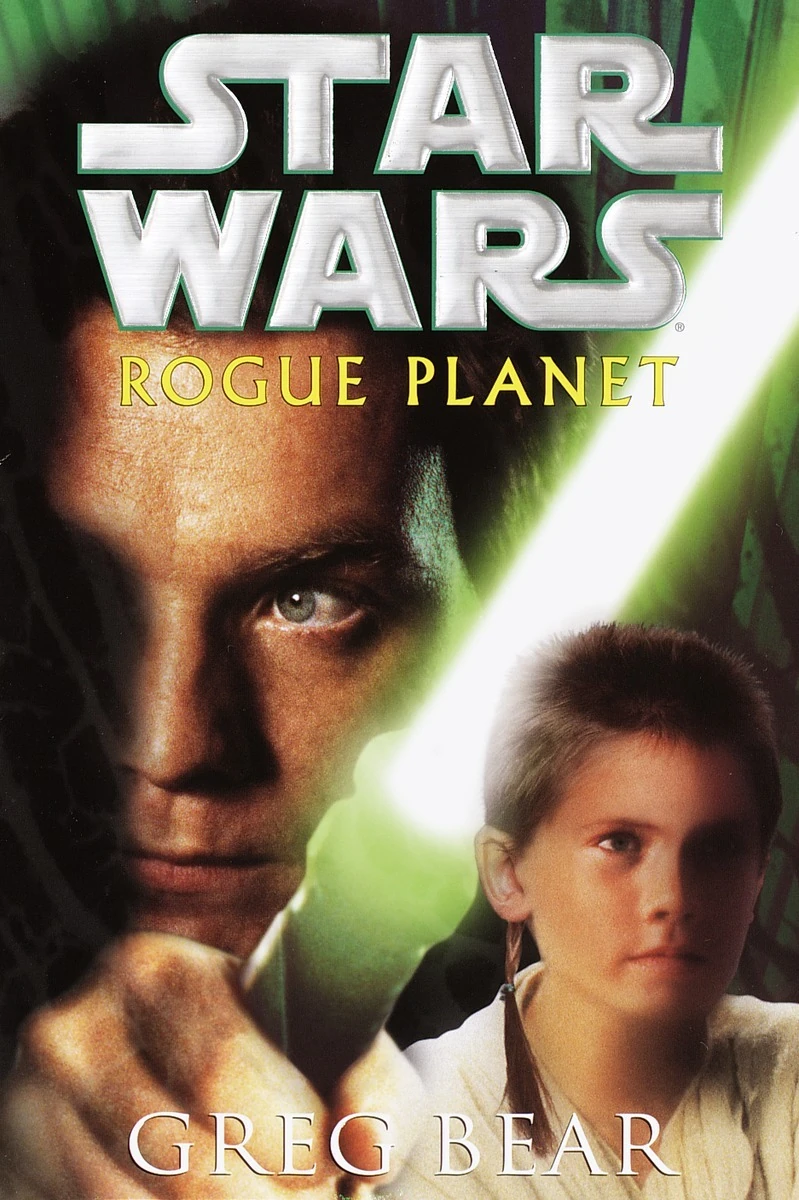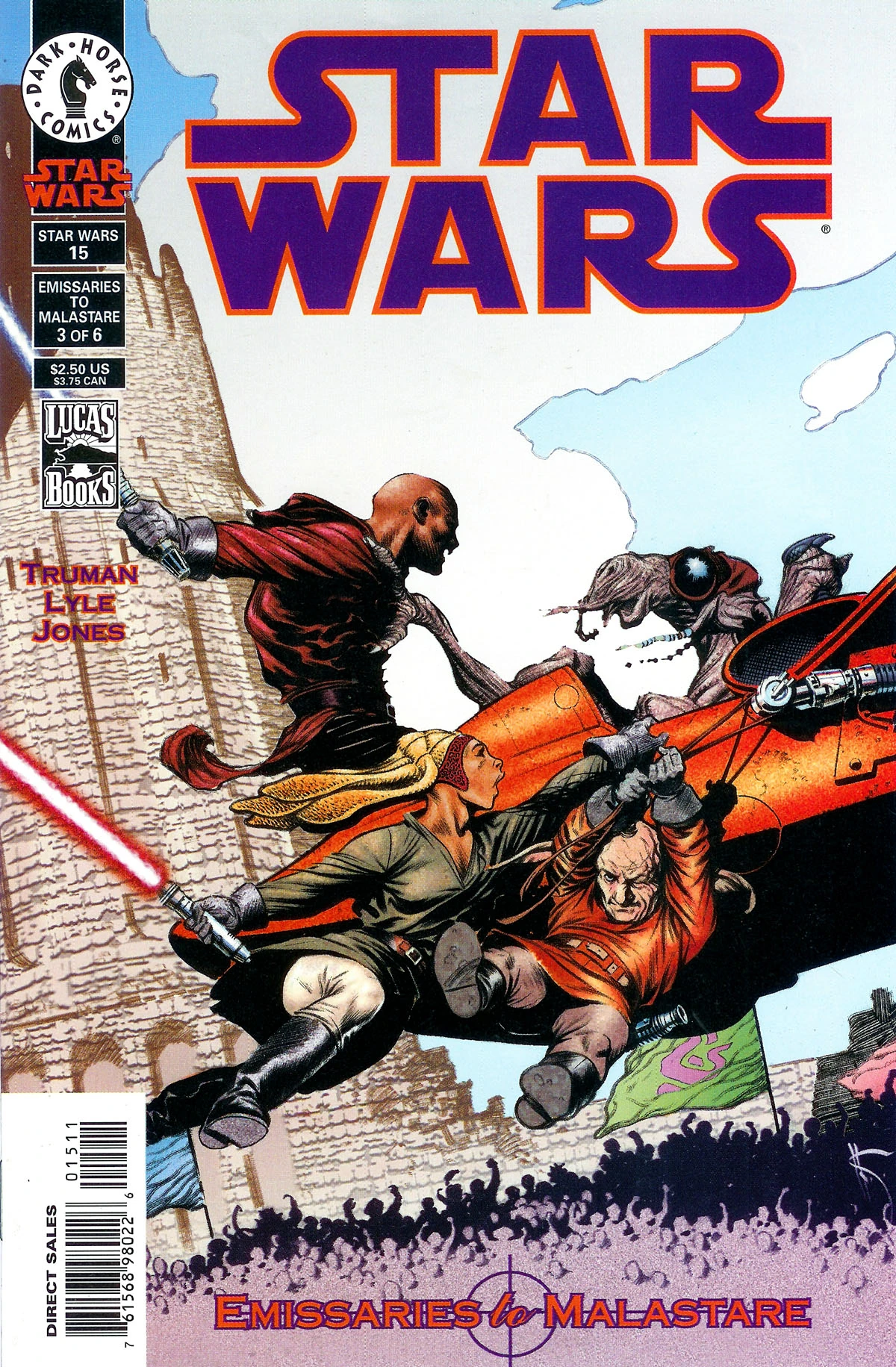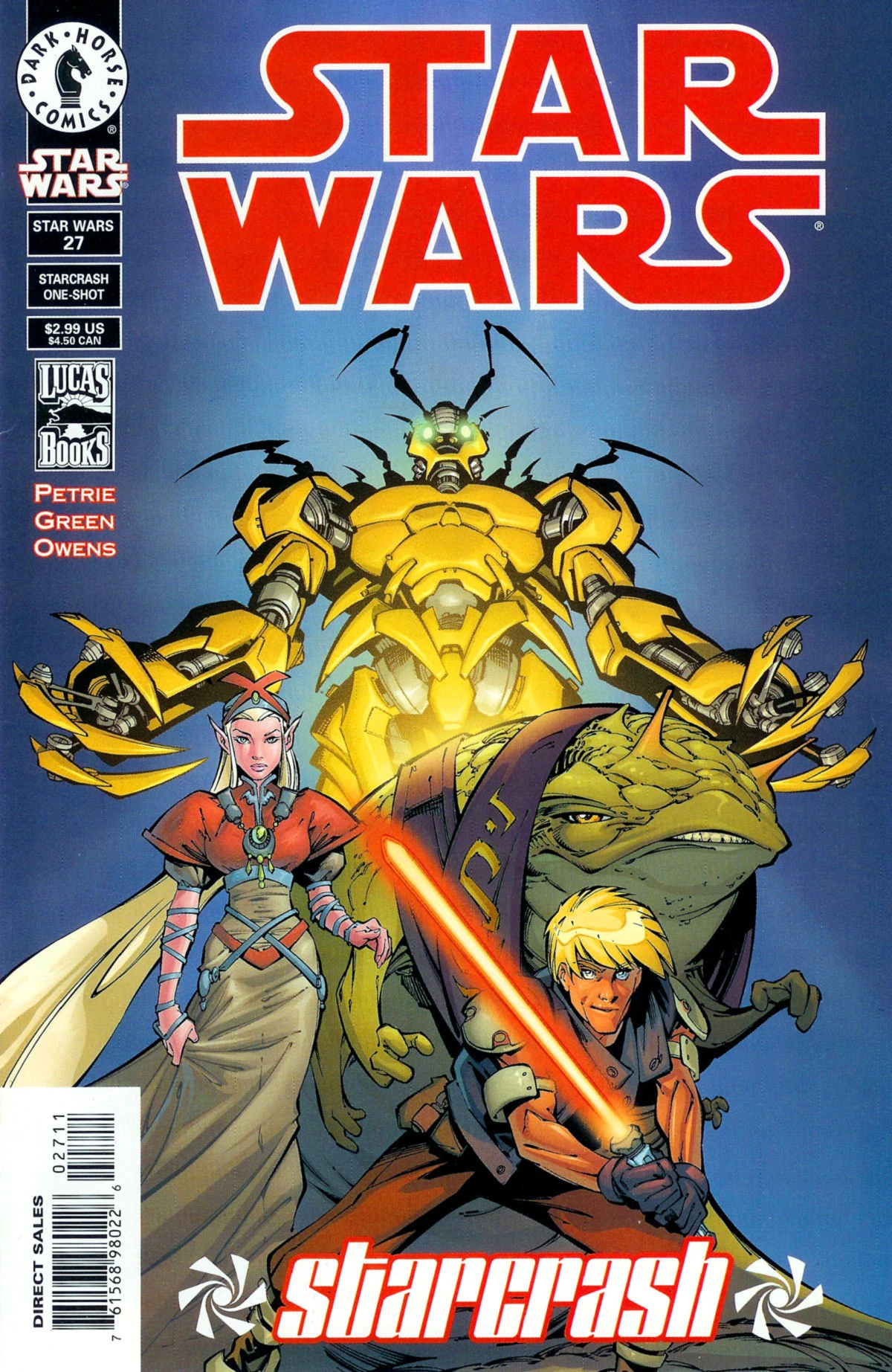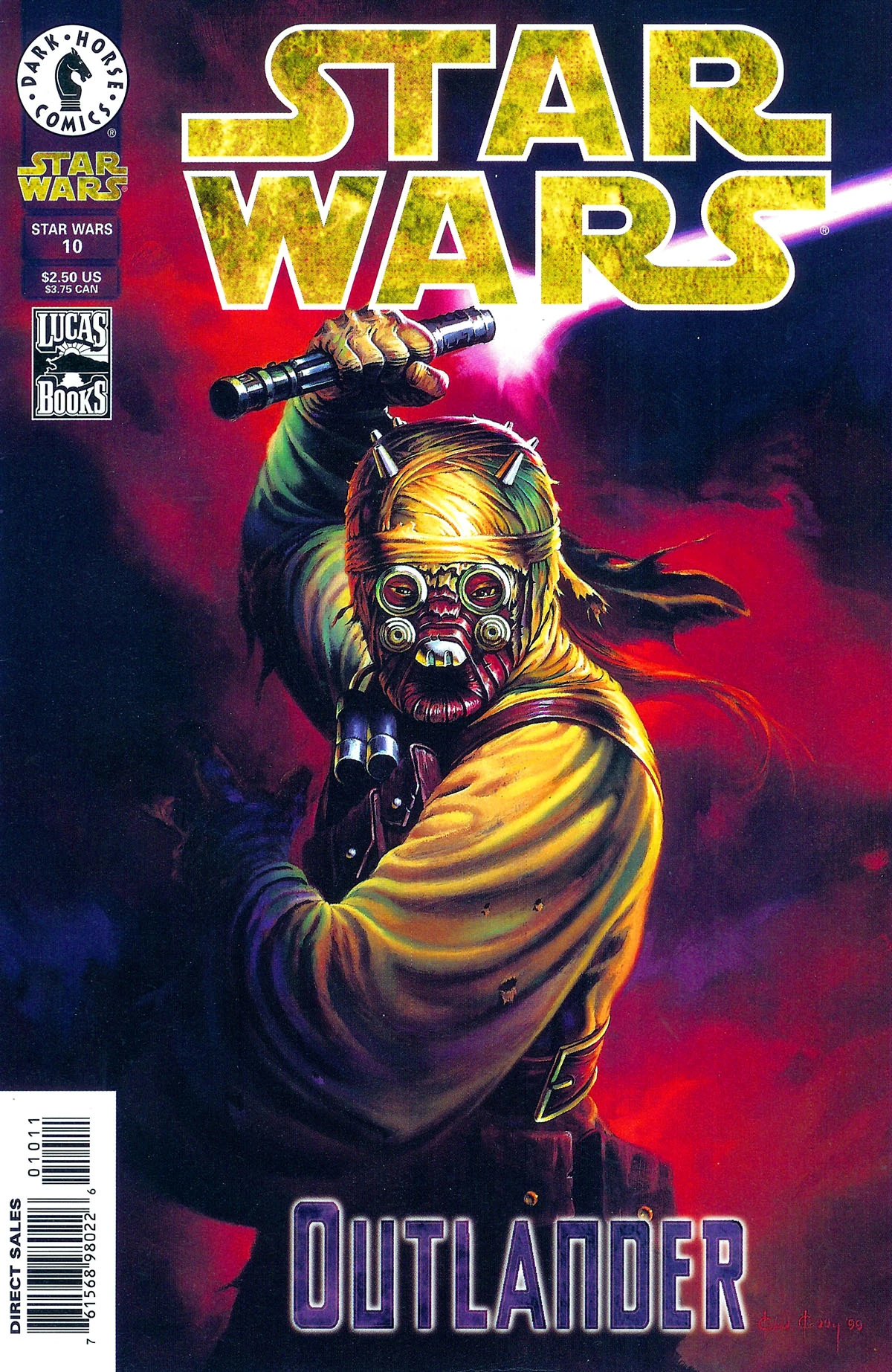Episode I: The Phantom Menace established the status quo for the prequels going forward. We have Obi-Wan Kenobi, recently graduated Jedi Knight. His apprentice, young Anakin Skywalker, who just won his freedom from slavery on the desert planet Tatooine. A Republic plagued with corruption.
We don't know much about where the story is headed. But we do know Anakin and Obi-Wan will have more adventures, as will countless Jedi and other heroes and villains.
For this post, I consumed the following stories:
In Rogue Planet, Obi-Wan and Anakin go on a mission to the planet Zonama Sekot, to find a Jedi who went missing there. What they uncover is an advanced society making living ships that follows what the Jedi consider an incorrect view on the Force.
I want to note that Rogue Planet helps bridge the gap between Episodes I and II. The Trade Federation lost in Episode I, and now its fleets are being transferred to Republic control. This will alienate the Trade Federation leadership to the point of allying with Count Dooku and his separatist forces. The book also features eventual antagonists like Tarkin (eventual governor and commander of the Death Star) and Raith Sienar (inventor of the Empire’s TIE Fighter; this is his only in-person appearance).
My next Legends post (Part 13) will be about the bounty hunters of the prequel era, including Aurra Sing, Jango Fett, and Zam Wesell. But first, I will return to New Canon and will cover Episode VII: The Force Awakens and its various tie-ins and adaptations, as well as the novel and comic about one of Episode VII's villains, Captain Phasma.
Follow @C_Andrew_H
We don't know much about where the story is headed. But we do know Anakin and Obi-Wan will have more adventures, as will countless Jedi and other heroes and villains.
For this post, I consumed the following stories:
- Republic 7-12: Outlander (comic arc by Timothy Truman, 1999)
- Republic 13-18: Emissaries to Malastare (comic arc by Timothy Truman, 1999-2000)
- Republic 27: Starcrash (comic issue by Doug Petrie, 2001)
- Rogue Planet (novel by Greg Bear, 2000)
I read the novel in the hardcover format. Republic 7-18 were collected in the graphic novel Omnibus: Emissaries and Assassins. Issue 27 was collected in Omnibus: Menace Revealed.
I originally had the video game Obi-Wan on my list, but it turns out that it takes place prior to Episode I, and should've been consumed earlier.
 |
| Cover of "Rogue Planet" by Greg Bear. Image from Wookieepedia. |
I originally had the video game Obi-Wan on my list, but it turns out that it takes place prior to Episode I, and should've been consumed earlier.
Story:
The first arc of Republic I read, called Outlander, told the story of Ki-Adi-Mundi (the Jedi with the tall head seen in Episode I and the protagonist of the comic’s first arc) as he went to Tatooine to investigate reports of a former Jedi, Sharad Hett, leading Sand People to attack settlements. There, he came across a plot between different Hutt clans to destabilize local populations and make money selling weapons, the Jedi killing bounty hunter Aurra Sing, and Sharad’s som A’Sharad, whom Ki-Adi-Mundi takes as his apprentice.
The next arc, Emissaries to Malastare, tells of multiple Jedi, including Ki and A’Sharad, visiting the planet Malastare, which is being used as neutral ground for a peace conference between the Lannik government and separatists. More plots involving a Sith-associated religious sect and the Malastare government, as well as a podrace, make for good intrigue.
 |
| Jedi fighting during a podrace on Malastare on the cover of Star Wars: Republic #15. Image from Wookieepedia. |
In issue 27, a Jedi named Yoshi Raph-Elan crashes on a planet being terrorized by a nobleman and his battle droids. The Jedi intervenes with the help of a princess.
 |
| Cover of Star Wars: Republic #27. Image from Wookieepedia. |
Thoughts:
Thematically, each of these stories is about one or more Jedi Knights on some adventure in the name of peace and security in the Republic. Generally I expect that they will not have much impact. These are one-off stories that are entertaining, but generally no other books will make reference to these incident. Yoshi Raph-Elan from the one-shot Republic issue will never return. However, I know that they introduced characters and ideas that will persist in Legends books.
Rogue Planet serves to give a backstory to a character called Vergere (whom we met in Cloak of Deception, published later, and was introduced in the New Jedi Order novel series published earlier but set decades in the future). It also builds backstory for the planet Zonama Sekot, which will become important in later New Jedi Order books.
Outlander introduces A’Sharad Hett, who will never be in a movie but will have a long arc spanning almost 170 years in-universe. It also makes use of Aurra Sing, a bounty hunter that had a cameo in Episode I and will feature more prominently in my next post. She became a villain of some importance in the comics.
 |
| A'Sharad Hett on the cover of Star Wars: Republic #10. Image from Wookieepedia. |
I want to note that Rogue Planet helps bridge the gap between Episodes I and II. The Trade Federation lost in Episode I, and now its fleets are being transferred to Republic control. This will alienate the Trade Federation leadership to the point of allying with Count Dooku and his separatist forces. The book also features eventual antagonists like Tarkin (eventual governor and commander of the Death Star) and Raith Sienar (inventor of the Empire’s TIE Fighter; this is his only in-person appearance).
In conclusion, these were fun stories about Jedi Knights that, in some cases, may have limited impacts on other Legends stories, but generally have little long term consequences for our heroes.
Next:
Follow @C_Andrew_H
Comments
Post a Comment